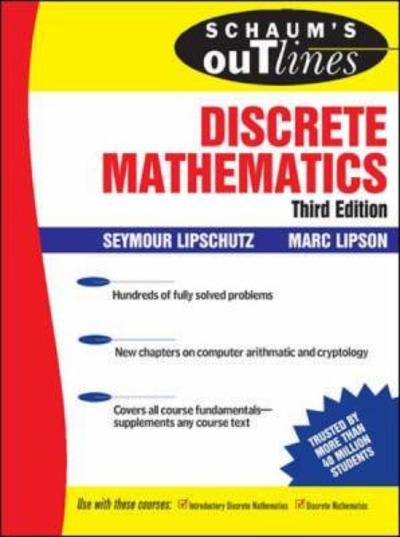Answered step by step
Verified Expert Solution
Question
1 Approved Answer
Please help me its very urgent :- What determines the following? 3. How much current is supplied (at a constant voltage) by an ideal voltage
Please help me its very urgent :-
















Step by Step Solution
There are 3 Steps involved in it
Step: 1
Lets go through each question stepbystep What determines the following 3 a How much current is supplied at a constant voltage by an ideal voltage source For an ideal voltage source supplying a constan...
Get Instant Access to Expert-Tailored Solutions
See step-by-step solutions with expert insights and AI powered tools for academic success
Step: 2

Step: 3

Ace Your Homework with AI
Get the answers you need in no time with our AI-driven, step-by-step assistance
Get Started

















